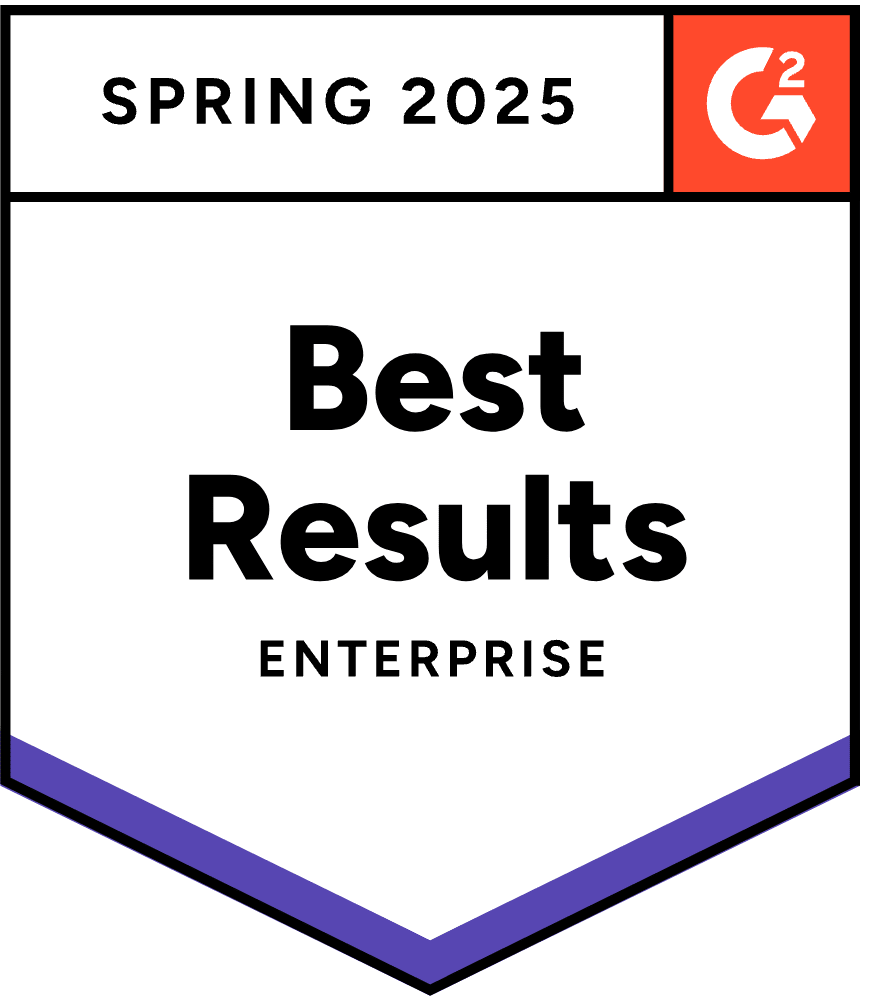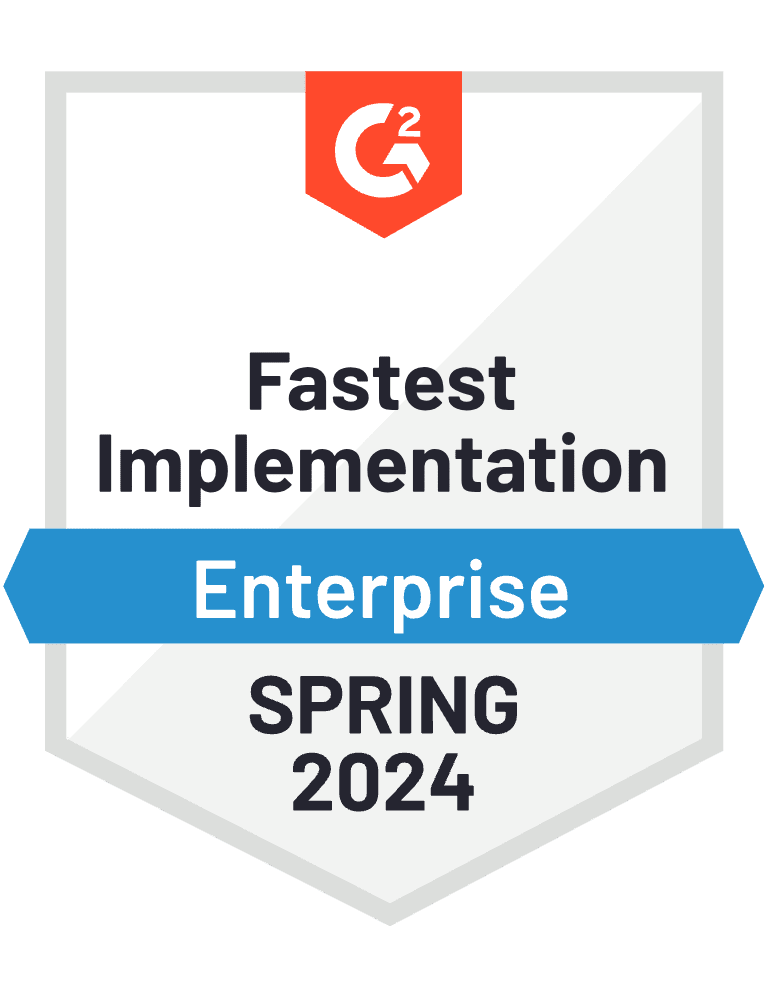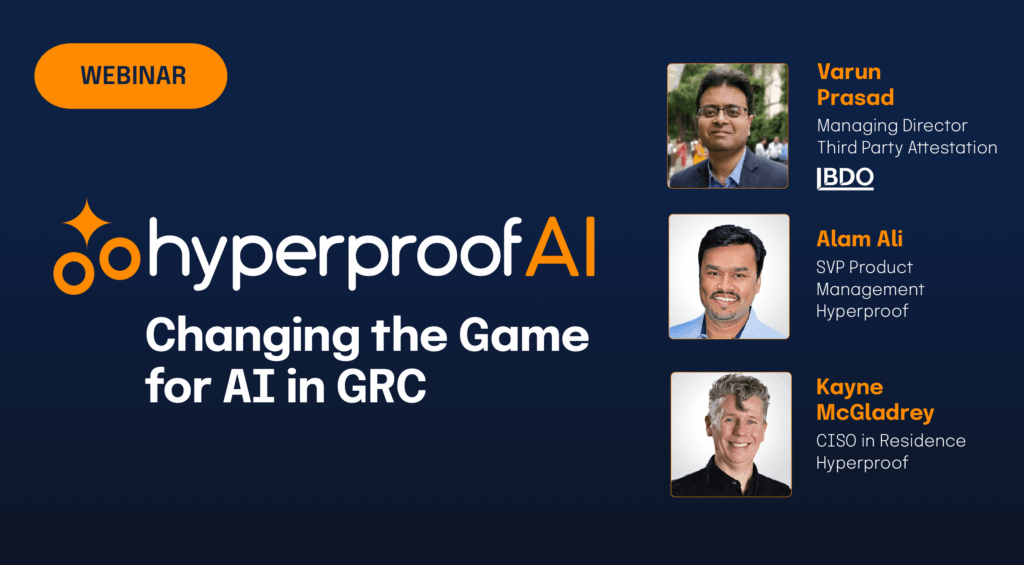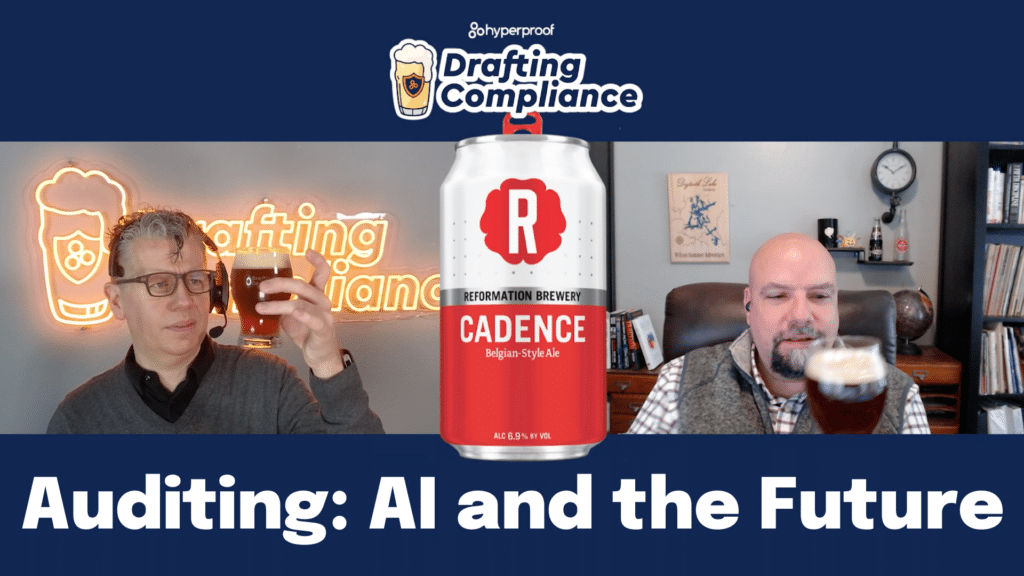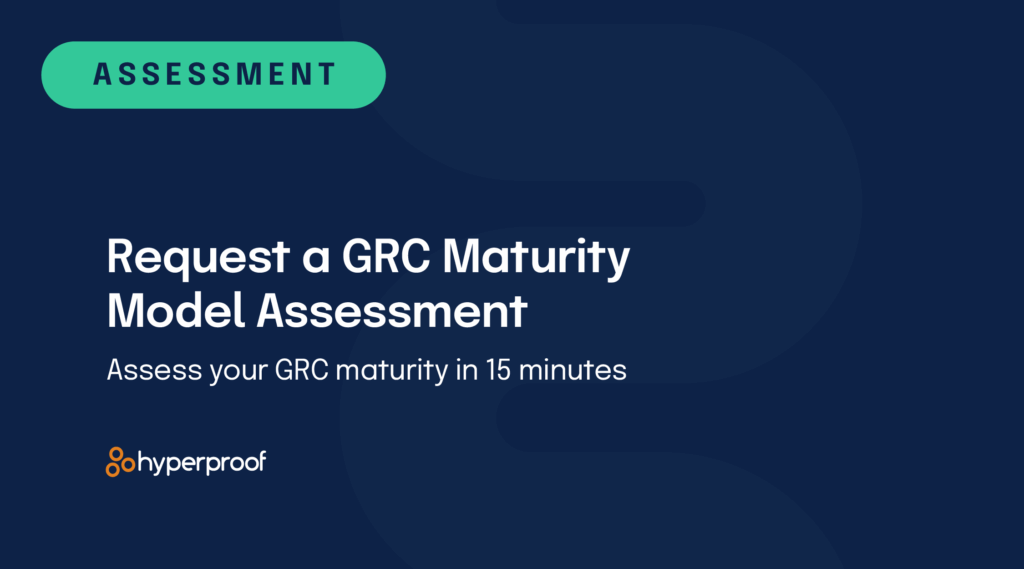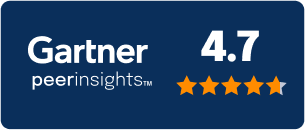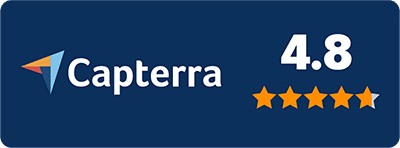The Future of AI in GRC: From Reactive Oversight to Proactive Intelligence
Governance, Risk, and Compliance (GRC) stands at an inflection point. Traditional approaches — manual evidence collection, periodic assessments, and reactive risk management — are buckling under the weight of modern business complexity. As organizations operate across multiple jurisdictions, frameworks, and digital touchpoints, the limitations of legacy GRC platforms become stark:
- Processes that take months
- Siloed data that obscures enterprise risk
- Compliance teams overwhelmed by exponential growth in regulatory requirements
As a result, the future of GRC lies in AI-powered transformation, where artificial intelligence doesn’t just automate existing processes, but fundamentally reimagines how organizations govern, assess risk, and maintain compliance. This evolution promises to turn GRC from a cost center into a strategic enabler of growth and resilience.
The evolution toward agentic GRC
The technology progression in GRC follows a clear trajectory. Early implementations focused on digitizing manual tasks and reducing the burden on compliance teams, with organizations reporting significant reductions in manual effort. We’re now entering the era of agentic AI in GRC, where systems operate with increasing autonomy to discover risks, validate controls, and orchestrate complex compliance workflows without constant human intervention.
Agentic GRC systems represent a quantum leap beyond traditional automation. These intelligent platforms could continuously monitor control environments, autonomously assess vendor risks, validate evidence in real-time, and prepare audit responses. All while maintaining full traceability and human oversight. The result is a shift from periodic, reactive compliance to continuous, proactive risk management.
Core capabilities of AI-enabled GRC
The transformation to AI-enabled GRC centers on four foundational capabilities that work in concert to create a unified intelligence layer across governance, risk, and compliance functions:
Continuous discovery
Continuous discovery replaces the traditional approach of periodic risk assessments with real-time identification of emerging risks, control gaps, and compliance requirements. AI agents continuously scan the control environment, regulatory landscape, and business operations to surface relevant risks before they become issues.
Autonomous validation
Autonomous validation moves beyond checkbox compliance to real-time verification of control effectiveness. Rather than relying on quarterly testing cycles, AI systems continuously validate that controls are operating as designed, automatically collecting and analyzing evidence across the entire control framework.
Contextual advisory
Contextual advisory provides intelligent guidance tailored to specific organizational contexts. AI advisors understand the nuances of different regulatory frameworks, industry requirements, and organizational risk profiles to offer actionable recommendations for remediation and improvement.
Orchestrated actions
Orchestrated actions enable seamless execution of compliance activities. AI systems automatically initiate workflows, prepare documentation, coordinate between teams, and consistently implement corrective actions across the organization.
Transforming the three pillars of GRC
Governance intelligence
AI transforms corporate governance by providing boards and executives with real-time visibility into organizational risk posture. Intelligent dashboards synthesize complex risk data into actionable insights, while AI advisors help governance bodies understand the implications of strategic decisions on the overall risk profile. Policy management becomes dynamic, with AI systems automatically updating procedures as regulations evolve and ensuring consistent application across global operations.
Risk revolution
Traditional risk management operates on periodic cycles: annual assessments, quarterly reviews, and monthly reports. AI-powered risk management operates in real-time, continuously identifying emerging threats, quantifying potential impacts, and recommending mitigation strategies. Predictive analytics help organizations anticipate risks before they materialize, while automated risk modeling adapts to changing business conditions without manual intervention.
Compliance continuity
The future of compliance is continuous rather than cyclical. AI systems maintain always-on monitoring of regulatory requirements, automatically proposing mappings for new regulations to existing controls, and identifying gaps in real-time. Evidence collection becomes automated and comprehensive, with AI agents gathering and validating compliance artifacts across all systems and processes. When audits occur, organizations are perpetually audit-ready rather than scrambling to collect evidence.
The human-AI partnership in GRC
The most powerful implementations of AI in GRC don’t replace human judgment; they amplify it. However, GRC can only be as effective as its exposure to the teams that need it most. This is why core workflow and collaboration capabilities are fundamental to lighting up AI scenarios: AI that operates in isolation from daily work patterns fails to deliver transformative value.
AI needs to understand your organization’s hierarchy, roles, responsibilities, and decision-making patterns. The most sophisticated GRC platforms leverage existing organizational data (scopes, tasks, issues, user roles) to build contextual intelligence about how your business actually operates, not just how it’s supposed to operate on paper.
Configurable autonomy characterizes the future of GRC, empowering practitioners to determine the right level of AI involvement based on risk tolerance, regulatory requirements, and organizational maturity. This autonomy becomes meaningful only when AI deeply embeds itself in collaborative workflows —surfacing insights within the tools teams already use, triggering actions aligned with role-specific permissions, and adapting recommendations to real team dynamics and workload patterns.
AI excels at processing vast amounts of data, identifying patterns, and executing routine tasks with precision and consistency. Humans provide essential oversight, strategic thinking, and contextual judgment that no algorithm can replace. The magic happens when AI understands not just what needs to be done, but who should do it, when they typically engage with similar tasks, and how decisions flow through your specific organizational structure.
This partnership creates a force multiplier effect, where AI handles operational complexity while humans focus on high-value activities, like risk strategy, stakeholder communication, and business alignment. The most effective AI-powered GRC platforms maintain clear human-in-the-loop protocols, ensuring that significant decisions always involve human review, while routine operations can be fully automated, all orchestrated through the collaborative workflows that define how your organization actually gets work done.
Building trust through responsible AI
Trust is the cornerstone of effective GRC, and AI implementations must be designed with trustworthiness as a primary objective. This requires several key principles:
Explainable AI
Explainable AI ensures that every recommendation and decision can be traced and understood. GRC professionals must be able to explain to auditors, regulators, and executives not just what the AI system concluded, but how it reached that conclusion.
Robust governance
Robust governance around AI systems themselves becomes a meta-GRC challenge. Organizations must govern their governance systems, ensuring that AI models are validated, monitored, and controlled with the same rigor applied to any critical business system.
Data integrity
Data integrity underpins everything. AI systems are only as good as their data, making robust data governance, quality controls, and security measures essential for reliable GRC outcomes.
Regulatory alignment
Regulatory alignment ensures that AI implementations don’t create new compliance risks. GRC AI systems must be designed with regulatory requirements in mind, particularly around data privacy, algorithmic transparency, and audit trail maintenance.
The strategic impact: GRC as a growth engine
When implemented thoughtfully, AI transforms GRC from a defensive function into a strategic enabler. Organizations with mature AI-enabled GRC capabilities gain several competitive advantages:
Accelerated market entry
Accelerated market entry becomes possible when compliance frameworks can be rapidly assessed and implemented for new markets, products, or partnerships. AI systems can quickly map regulatory requirements, identify control gaps, and implement necessary safeguards.
Enhanced stakeholder confidence
Enhanced stakeholder confidence results from a demonstrable, continuous compliance posture. Always-audit-ready organizations can provide real-time assurance to customers, partners, and regulators, creating competitive differentiation.
Operational excellence
Operational excellence emerges when GRC processes are seamlessly integrated with business operations, rather than being bolt-on activities. Compliance by design becomes achievable when AI systems can embed controls directly into business processes.
Risk-informed decision-making
Risk-informed decision-making improves when leadership gains real-time visibility into the organization’s risk posture and evaluates the GRC implications of strategic decisions before making them, rather than uncovering issues after implementation.
Implementation pathways
Organizations beginning their AI-enabled GRC journey should focus on three key areas:
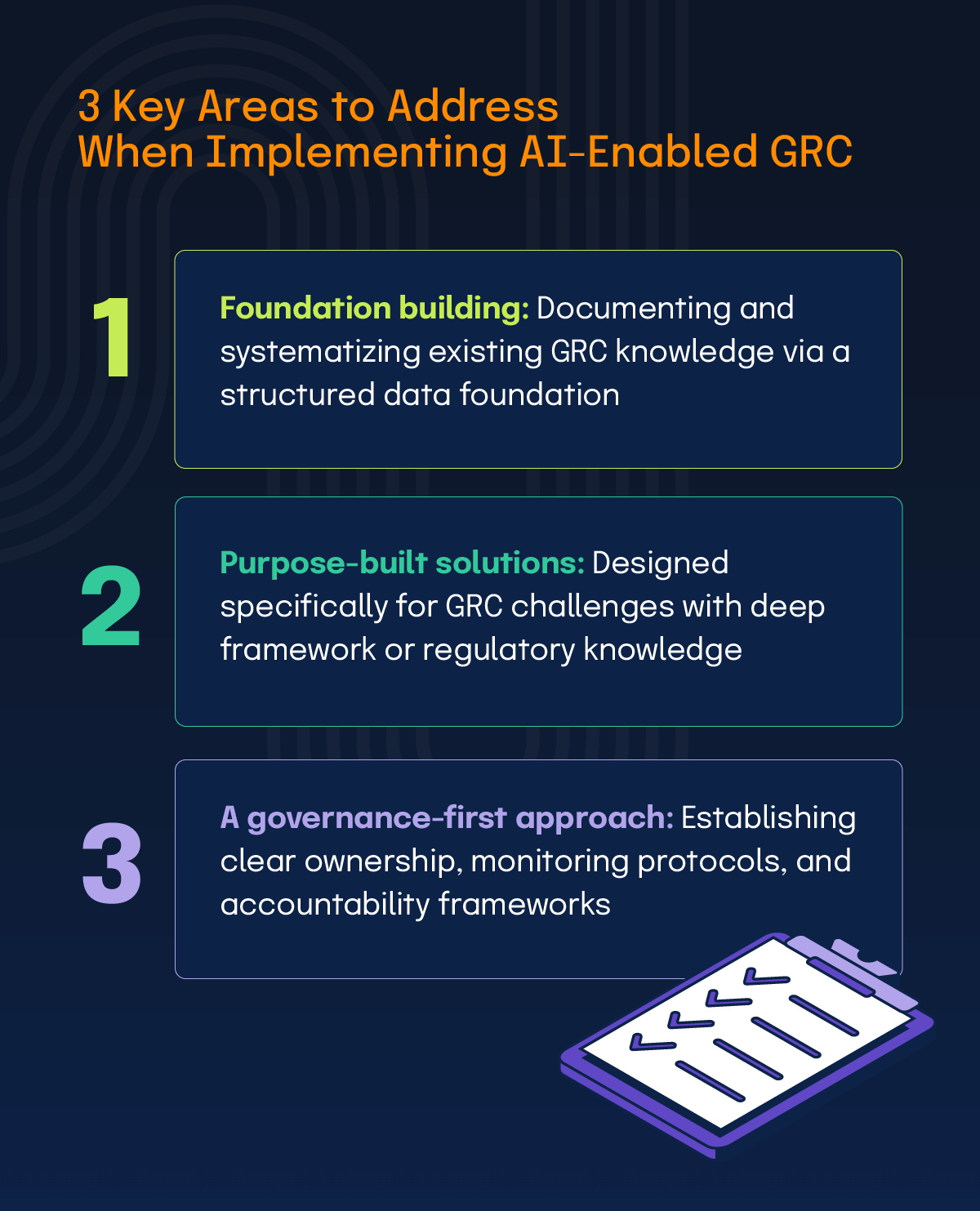
1. Foundation building
Foundation building involves documenting and systematizing existing GRC knowledge, creating the structured data foundation that AI systems require. This includes mapping current control frameworks, standardizing risk taxonomies, and establishing clear governance processes.
2. Purpose-built solutions
Purpose–built solutions deliver better outcomes than generic AI tools retrofitted for GRC use. Organizations should prioritize solutions designed specifically for GRC challenges, with a deep understanding of regulatory requirements and industry-specific risk patterns.
3. A governance-first approach
A governance-first approach ensures that AI implementations are themselves properly governed from the outset. This includes establishing clear ownership, monitoring protocols, and accountability frameworks before deploying AI systems in production.
The path forward
The transformation to AI-enabled GRC is evolutionary rather than revolutionary, but organizations that begin this journey now will have significant advantages over those that wait. The future belongs to organizations that can seamlessly blend human judgment with artificial intelligence, creating GRC functions that are simultaneously more efficient, more effective, and more strategic.
Success in this transformation requires more than technology. It demands cultural change, process reimagination, and a commitment to responsible AI adoption. For organizations that embrace this challenge, the reward is transformational: GRC that doesn’t just manage risk but actively enables growth, innovation, and sustainable competitive advantage.
The future of AI in GRC isn’t just about better compliance. It’s about creating the foundation for thriving in an increasingly complex and uncertain business environment.
See Hyperproof in Action
Related Resources
Ready to see
Hyperproof in action?

